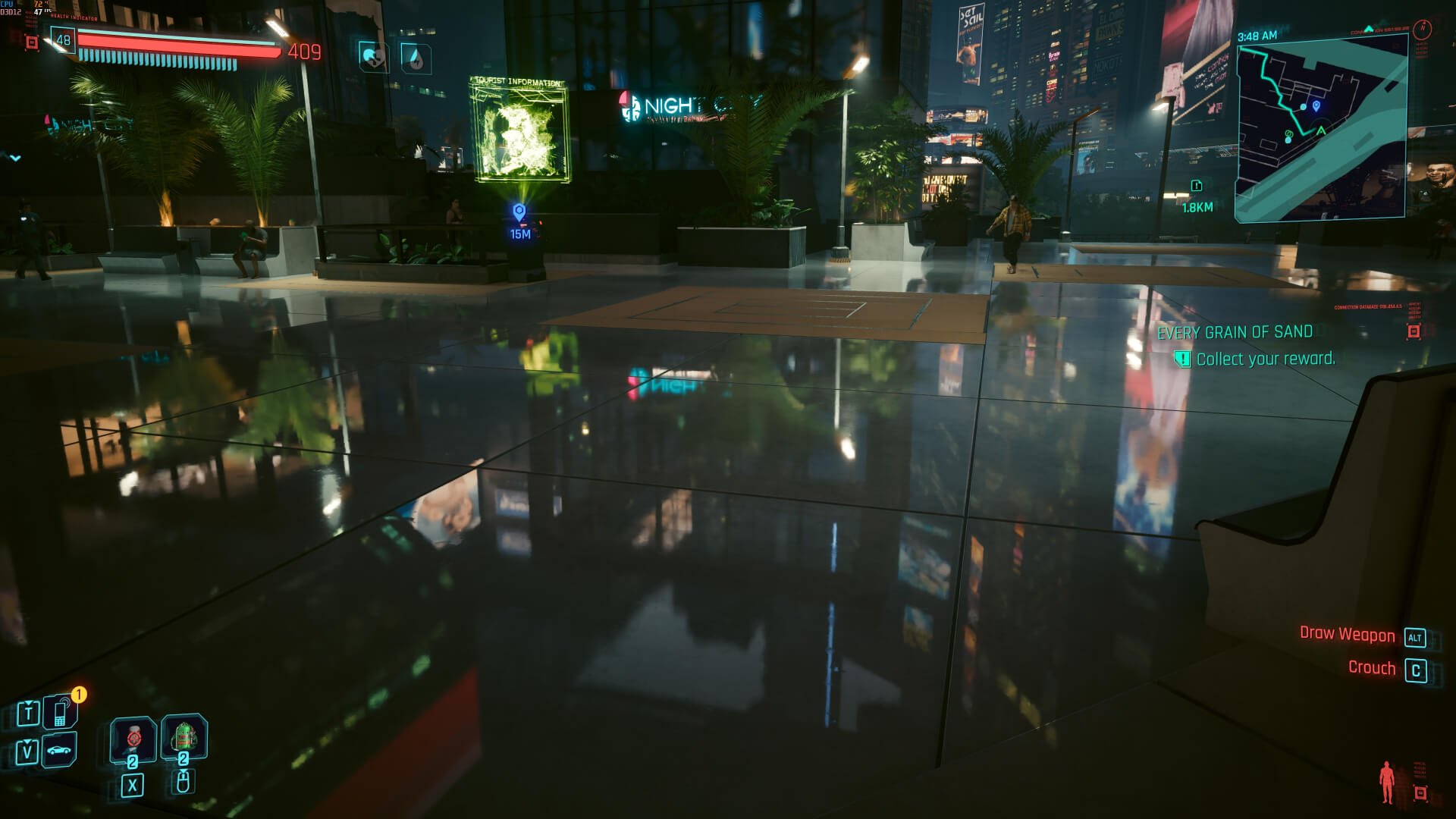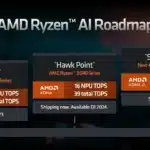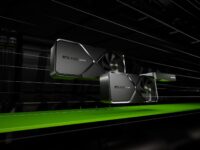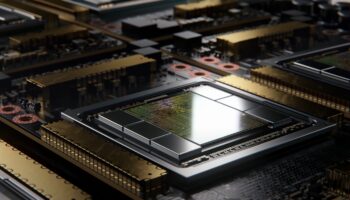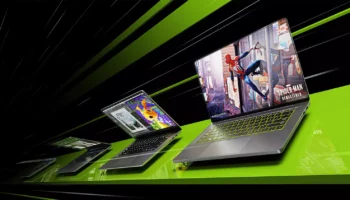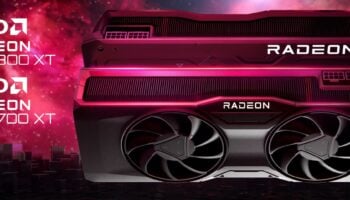AMD’s FSR 3 Frame Generation technology has been gaining momentum, slowly by steadily. Leveraging Fluid Motion Frames Interpolation tech, it adds an extra frame between two existing ones, boosting performance by 2x to 3x on average. The FSR 3 algorithm interfaces with the Game UI, Upscaling, and Presentation Systems for its input, producing the generated frame simultaneously with the real one.
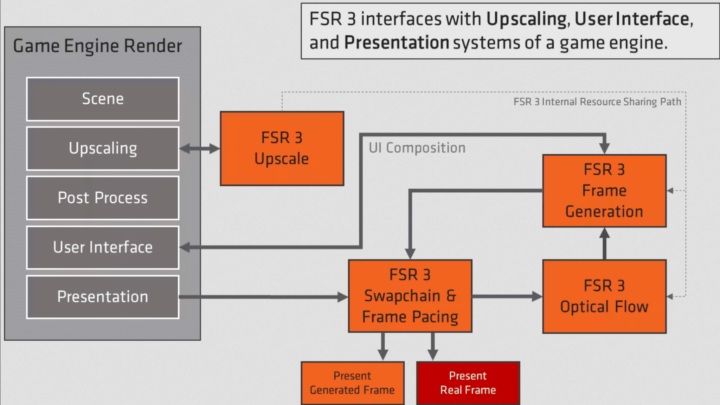
We compared FSR 3 and DLSS 3 in “Immortals of Aveum” and “Starfield” to see how the open-source tech holds up to NVIDIA’s proprietary AI-based solution. In the end, DLSS 3.5 “Frame Reconstruction” was also compared to basic DLSS 3 to establish NVIDIA’s lead over AMD and its upscaler/frame generator.
AMD FSR 3 vs NVIDIA DLSS 3: Immortals of Aveum
With that done, let’s have a look at the image quality. We tested FSR 3 in “Immortals of Aveum.” The game features DLSS 3 as well, allowing for a convenient comparison of the two upscaling and frame generation technologies. We’ll rely on four scenes to gauge the IQ with close-ups to determine which upscaler does it better. Click an image to enlarge it.


In the above images (click on them to get a high-res version in another window), you can see that FSR 3 looks sharper and more detailed than DLSS 3. This is due to the aggressive sharpening filter used by AMD’s upscaler. With FSR 2, this often resulted in artifacting and loss of detail with complex imagery, but FSR 3 does it elegantly.

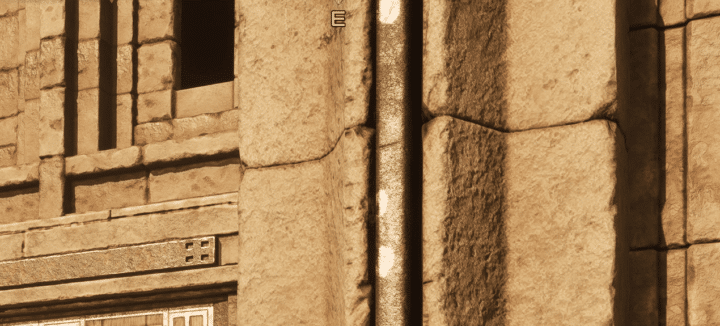
Above, you’re looking at a 4x closeup of the earlier image. And AMD’s FSR 3 continues to produce better image quality than DLSS 3. The textures look sharp and well-detailed, and don’t show any signs of pixelation.
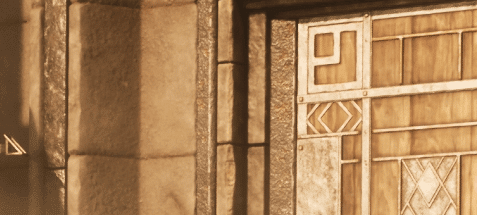

Here’s a 7x closeup. Now, we can see the disadvantages of FSR 3. There’s a fair amount of aliasing (jaggies) on the iron bars enveloping the door. At the same time, DLSS 3 still looks pretty washed out and slightly blurry. You’re essentially trading smoothness for detail and aliasing. An important point to note here is that with the newer versions of DLSS 3, the developers need to implement a sharpness filter outside of the Streamline framework. I don’t think Ascendant Studios has done that in Aveum.


Here’s a 10x closeup. It explains why DLSS 3 looks smoother while FSR 3 is sharper. The former has a higher sample count, while the latter leverages an aggressive sharpening filter to improve image quality.
More FSR 3 vs. DLSS 3 comparisons…
